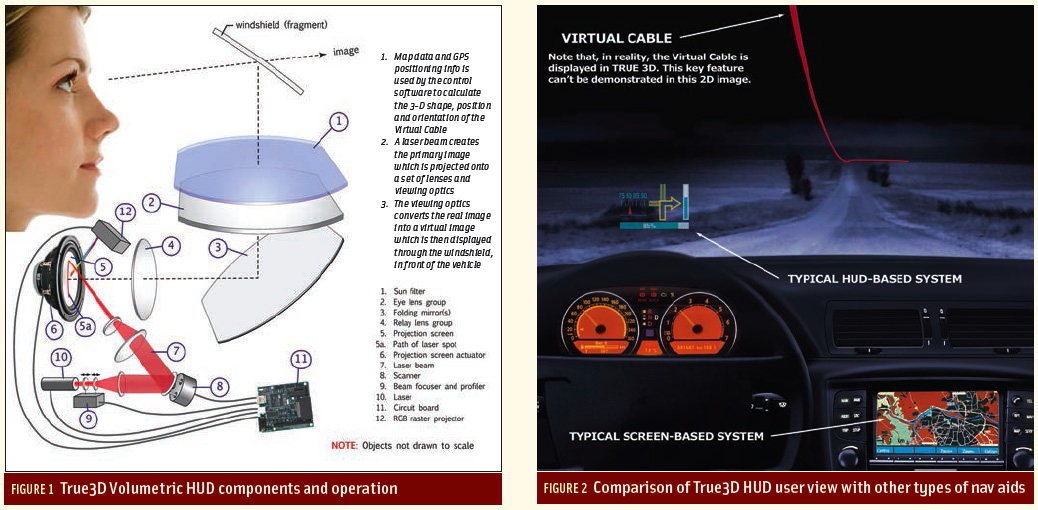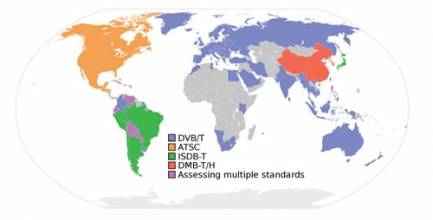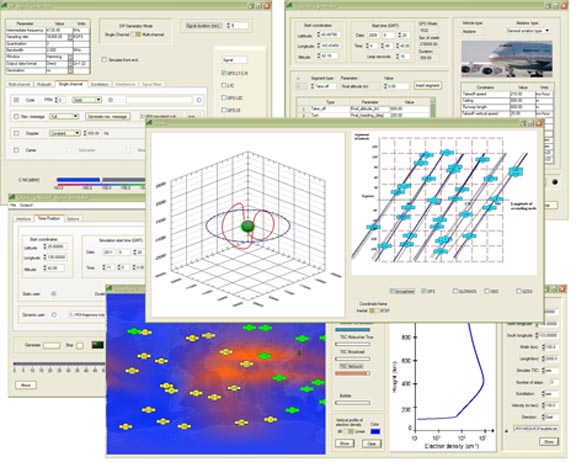FCC Supplies FOIA Data Dump for LightSquared/GPS Interference Issue

[Updated November 25 2011] For those wondering what to do on Black Friday …
In another holiday special, the Federal Communications Commission (FCC) has announced creation of a public web portal for documents related to the LightSquared/GPS interference issue that will , in the agency’s words, “provide ready access to publicly available documents and other responsive documents not otherwise exempt from release under the FOIA [ Freedom of Information Act].”
By Inside GNSS



























